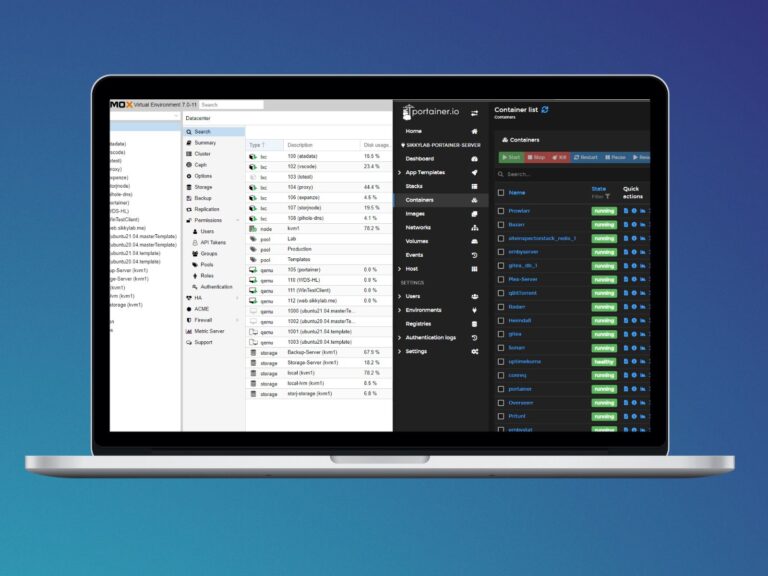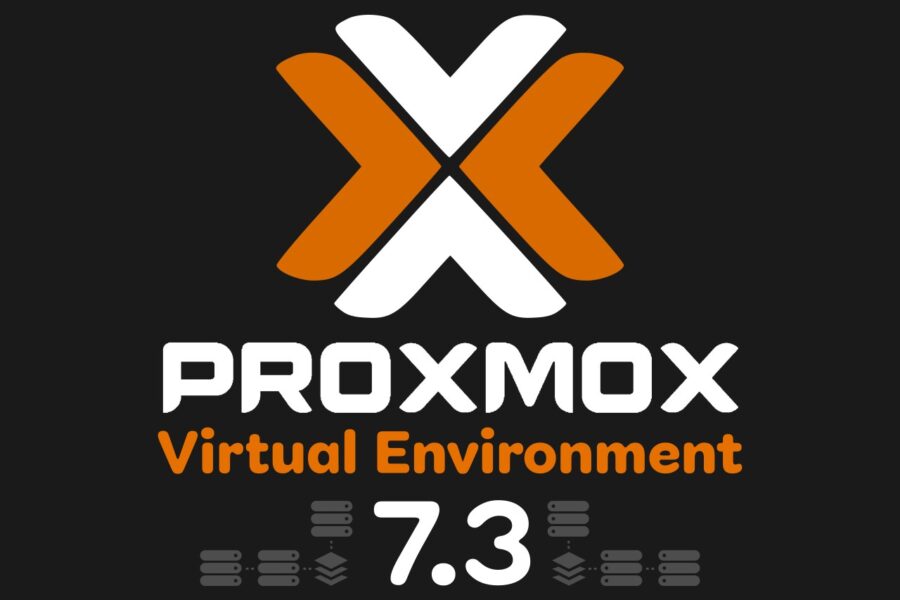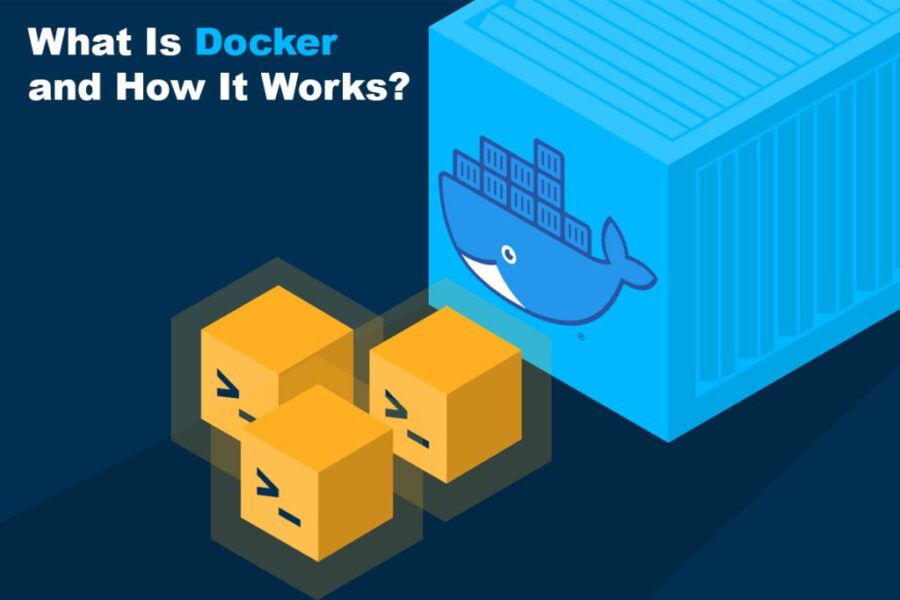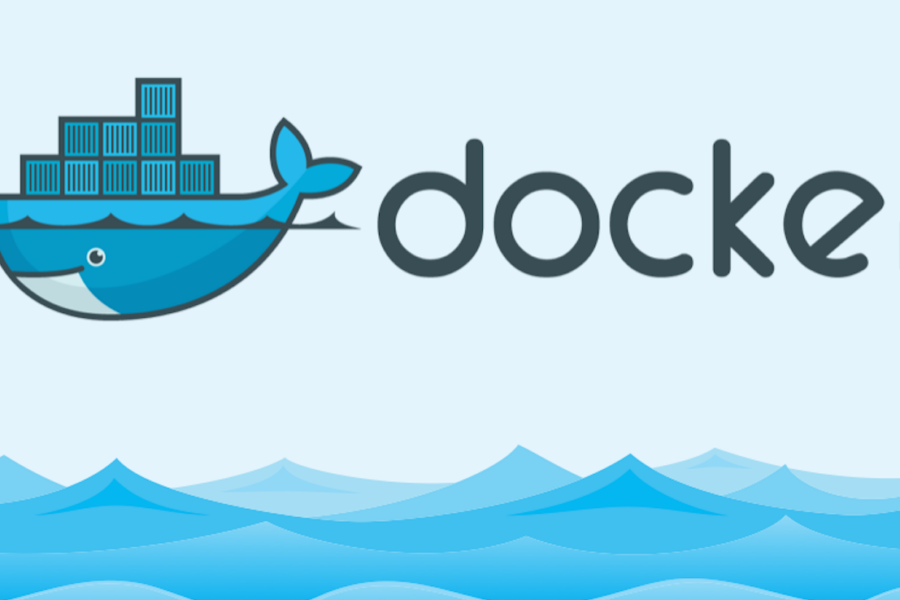Homelab
Building a Mini Data Center: A Journey of Scaling and Adaptation
As projects began to grow in size and complexity, the need for a more “enterprise” solution became increasingly apparent. This realization sparked the beginning of an ambitious plan – to build a mini data center in my garage.
The first steps involved logistical preparations. I hired an electrician to install the necessary power infrastructure, and I began the task of dividing the garage into two sections. One part would house the data center, while the other would accommodate a car and other miscellaneous items.
Once the data room construction was complete, it was time to equip it. I ordered a server rack, servers, various IT equipment, and a ventilation system. The result was a 42U rack filled with servers, two tower servers, a Network Video Recorder (NVR), and switches.
The room is cooled using two 12″ intake ventilation fans and a 20″ exhaust fan, maintaining positive pressure to keep dust and dirt out.
Inside this data room, I run two virtualization nodes, allowing me to create virtual servers for any need I might have. There’s also a 100TB file server and a docker node for various containers. Additionally, I have a dedicated streaming server that streams GPU-accelerated video 24/7 and a transcoding server for on-the-fly hardware transcoding of video files.
Here are some of the services/solutions I run:
- Web server
- 2 Domain Controllers
- WSUS server
- MDT / WDS Server
- Rundeck
- Uptime Kuma
- Plausible
- phpIPAM
- KMS Server
- Mail server
- Database server
- Plex
- Emby
- xTeVe
- 2 PiHole (master & slave)
- Reverse Proxy Server
- Storj Node
- Gitea
- Grafana
- OwnCloud
- OnlyOffice
- Home Assistant
- Prometheus
- Searxng
- VaultWarden
- RainLoop
- Pritunl
- Planka
- Overseerr
- Sonarr
- Radarr
- Bazarr
- SiteInspector
Building this mini data center has been a journey of scaling and adaptation. It’s a testament to the power of innovation and the possibilities of home-based enterprise solutions. As the projects continue to grow, this data center will serve as a robust and reliable foundation, ready to meet the evolving needs.


Deploying IPFire in Microsoft Azure
This article has been composed from personal notes and documentation by using AI. Microsoft Azure offers robust native tools like Azure Firewall, but these can sometimes come with a premium price tag that eats into your credits or budget. Enter IPFire, an open-source, Linux-based firewall distribution that’s not only powerful but also highly customizable. With…

What is Proxmox
If you’re anything like me, navigating the vast landscape of virtualization can be a bit overwhelming. In my journey to find a robust yet user-friendly solution, I stumbled upon Proxmox, and let me tell you – it’s been a game-changer. A Versatile Virtualization Marvel Proxmox, in a nutshell, is a complete open-source platform for enterprise…

Why I Use IIS as My Web Server (Long post)
I want to share a bit about why I’m a proud user of IIS (Internet Information Services) as my go-to web server. It’s been quite a journey, transitioning from the familiar realms of Apache and Nginx to exploring the nuances of IIS. So, grab a virtual seat, and let’s dive into why I’ve come to…

What the heck is Docker??
Unboxing the Docker Mystery – A Tale of Containers and Simplicity Hey there, tech wanderers! Today, we’re on a mission to unravel the enigma that is Docker. What in the world is it, and why does everyone seem to be talking about it? Fear not, we’re going to break it down in the most laidback…

How to Install and Use Docker Like a Pro
Unboxing Docker – Your Toolkit for Containerized Magic Today, we’re embarking on a journey into the world of Docker, the powerhouse of containerization. If you’ve ever wondered about efficient software deployment and scaling applications effortlessly, you’re in the right place. Let’s roll up our sleeves and discover how to install and use Docker with ease….
